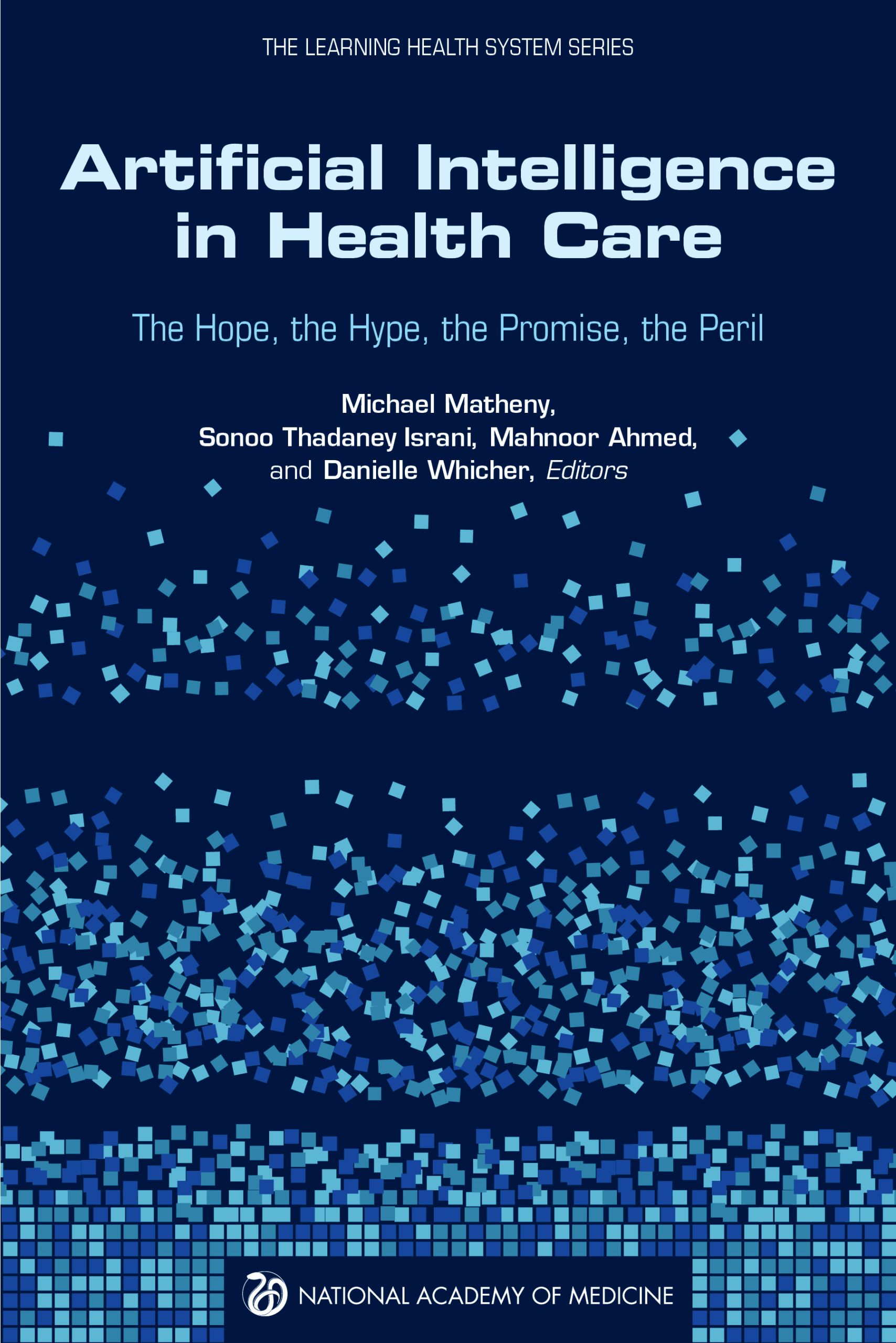Medicamentos, innovación tecnológica y economía; (2019), nº 160
This issue of
Papeles de Economia Española explains the current situation of pharmaceutical policies in Spain. These are the topics:
La industria farmacéutica en la actualidad: un vistazo a sus características
II. LA I+D+I EN LA INDUSTRIA FARMACÉUTICA
La evolución reciente y perspectivas de la innovación
de medicamentos
Ética, medicamentos e innovación
La economía de la I+D en la industria farmacéutica: un resumen
Innovación y competencia en el sector farmacéutico en la época de la medicina de precisión
La innovación y la industria farmacéutica en España
La I+D en el sector farmacéutico español en el período 2003-2015
III. ASPECTOS EMPRESARIALES Y ECONÓMICOS
La evolución de la organización empresarial en la industria farmacéutica
La política de la competencia en la industria farmacéutica
La contribución del sector farmacéutico al crecimiento, a las exportaciones y a la inversión en España
IV. LA PRESTACIÓN FARMACÉUTICA EN LAS COMUNIDADES AUTÓNOMAS
Gestión de la prestación farmacéutica y compras públicas en la Comunidad de Madrid
Procedimiento de selección de medicamentos en atención primaria en Andalucía
La experiencia de gestión de los medicamentos en Cataluña. Objetivos de salud y económicos
V. LA EVALUACIÓN DE LA EFICIENCIA DE LAS INTERVENCIONES Y TECNOLOGÍAS SANITARIAS
La trayectoria metodológica de la evaluación de la eficiencia y su futuro
El valor de las innovaciones médicas
La evaluación de la eficiencia de intervenciones y tecnologías sanitarias en España
VI. LA VISIÓN DEL SECTOR BIOFARMACÉUTICO DESDE LAS EMPRESAS
Industria farmacéutica en España: innovación y compromiso social
El sector de los medicamentos genéricos en España
Medicamentos biosimilares: una oportunidad para el Sistema Nacional de Salud
40 años de autocuidado en España.
Un sector consolidado y emergente





.jpg)


